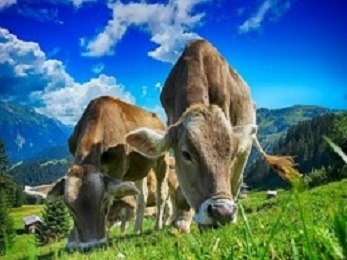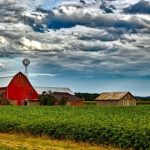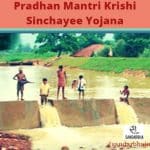Class 7-Chapter 2-Science-Nutrition in Animals
Animals get their food from plants, either directly by eating plants or indirectly by eating animals that eat plants. Animal nutrition includes nutrient requirement, mode of intake of food and its utilisation in the body. The breakdown of complex components of food into simpler substances is called digestion.
1) DIFFERENT WAYS OF TAKING FOOD
The mode of taking food into the body varies in different organisms. Bees and humming-birds suck the nectar of plants, infants of human and many other animals feed on mother’s milk. Snakes like the python swallow the animals they prey upon. Some aquatic animals filter tiny food particles floating nearby and feed upon them.
2) DIGESTION IN HUMANS
We take in food through the mouth, digest and utilise it. The food passes through a continuous canal, (Fig.) which begins at the buccal cavity and ends at the anus. The food components gradually get digested as food travels through the various compartments. The digestive juices convert complex substances of food into simpler ones.

The process of taking food into the body is called ingestion. We chew the food with the teeth and break it down mechanically into small pieces. We use our tongue for talking. It has taste buds that detect different tastes of food. Besides, it mixes saliva with the food during chewing and helps in swallowing food. Actually this movement takes place throughout the alimentary canal and pushes the food downwards. The swallowed food passes into the foodpipe or oesophagus. The stomach receives food from the food pipe at one end and opens into the small intestine at the other. The inner lining of the stomach secretes mucous, hydrochloric acid and digestive juices. The acid kills many bacteria that enter along with the food and makes the medium in the stomach acidic and helps the digestive juices to act. The small intestine is highly coiled and is about 7.5 metres long. It receives secretions from the liver and the pancreas.The partly digested food now reaches the lower part of the small intestine where the intestinal juice completes the digestion of all components of the food. The inner walls of the small intestine have thousands of finger-like outgrowths. These are called villi (singular villus). The surface of the villi absorbs the digested food materials. The food that remains undigested and unabsorbed enters into the large intestine. Its function is to absorb water and some salts from the undigested food material. The remaining waste passes into the rectum.
3) DIGESTION IN GRASS-EATING ANIMALS
Grass eating animals quickly swallow the grass and store it in a part of the stomach called rumen. Here the food gets partially digested and is called cud. later the cud returns to the mouth in small lumps and the animal chews it. This process is called rumination and these animals are called ruminants. The cellulose of the grass is digested here by the action of certain bacteria which are not present in humans.

4) FEEDING AND DIGESTION IN AMOEBA
Amoeba has a cell membrane, a rounded, dense nucleus and many small bubble-like vacuoles. It pushes out one, or more finger-like projections, called pseudopodia or false feet for movement and capture of food. When it senses food, it pushes out pseudopodia around the food particle and engulfs it. The food becomes trapped in a food vacuole. Digestive juices are secreted into the food vacuole. They act on the food and break it down into simpler substances. The basic process of digestion of food and release of energy is the same in all animals.
[ Illustration credit-NCERT ]
Read more…
Class 7 Ch 1 Science- Nutrition in plants











